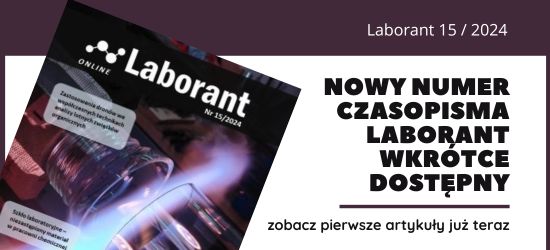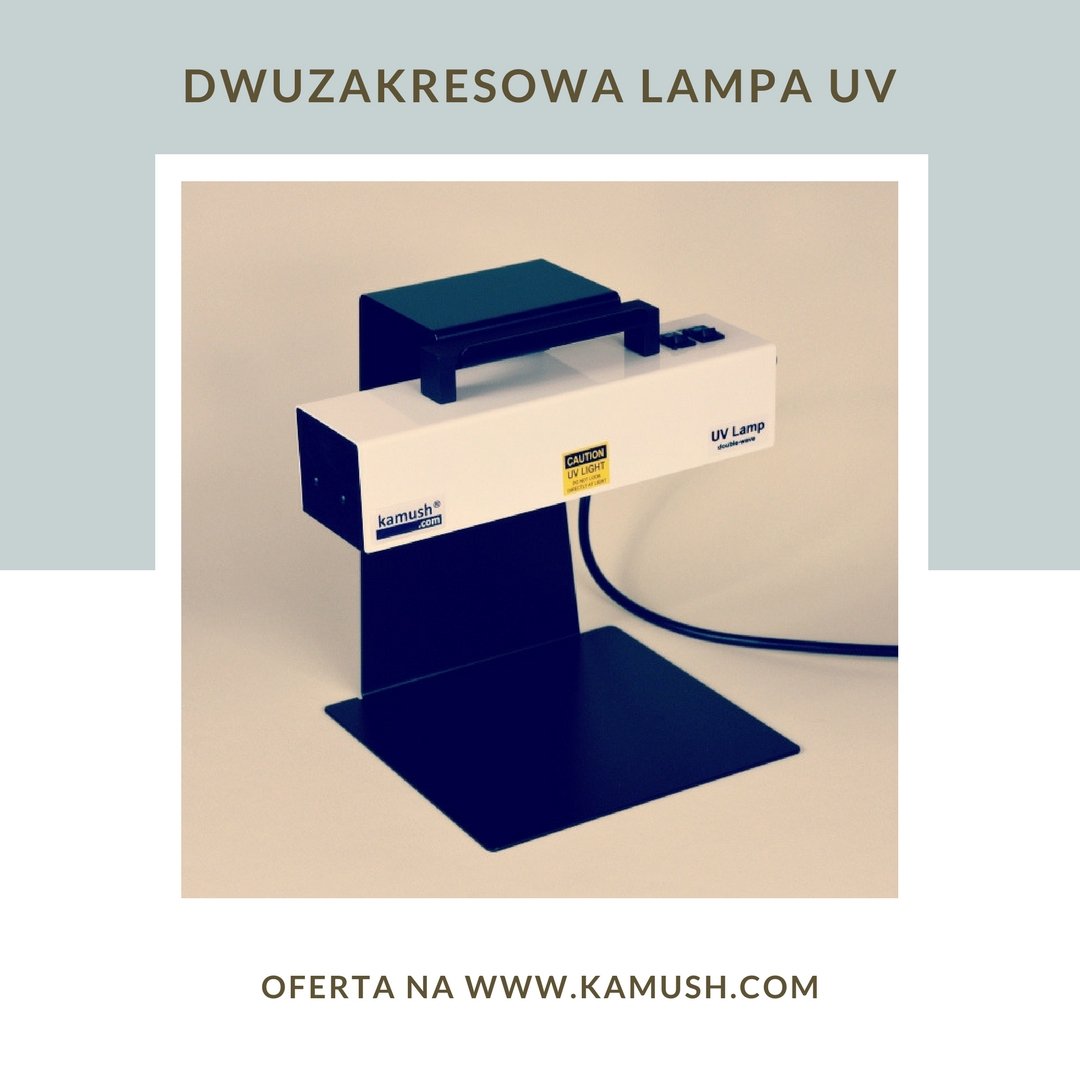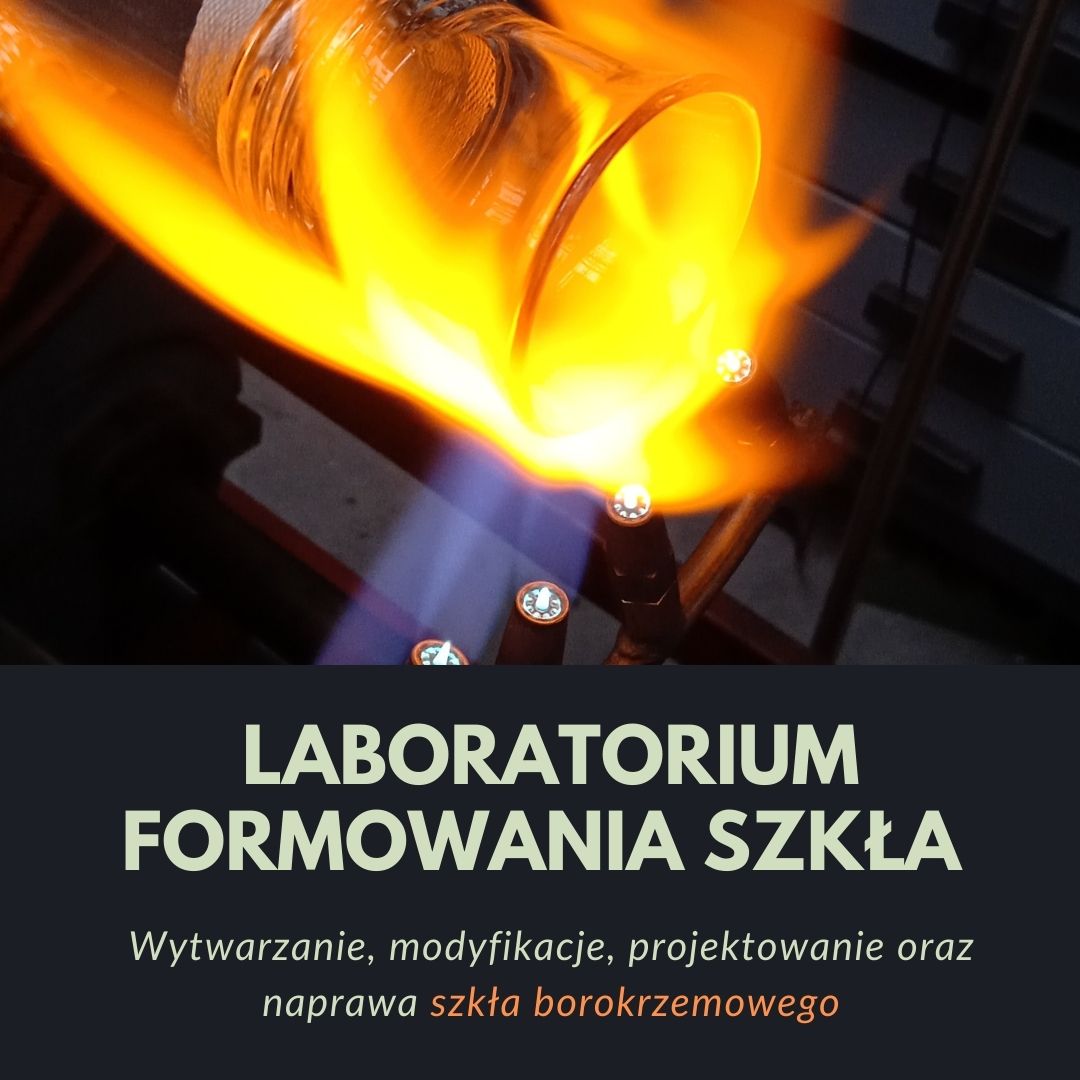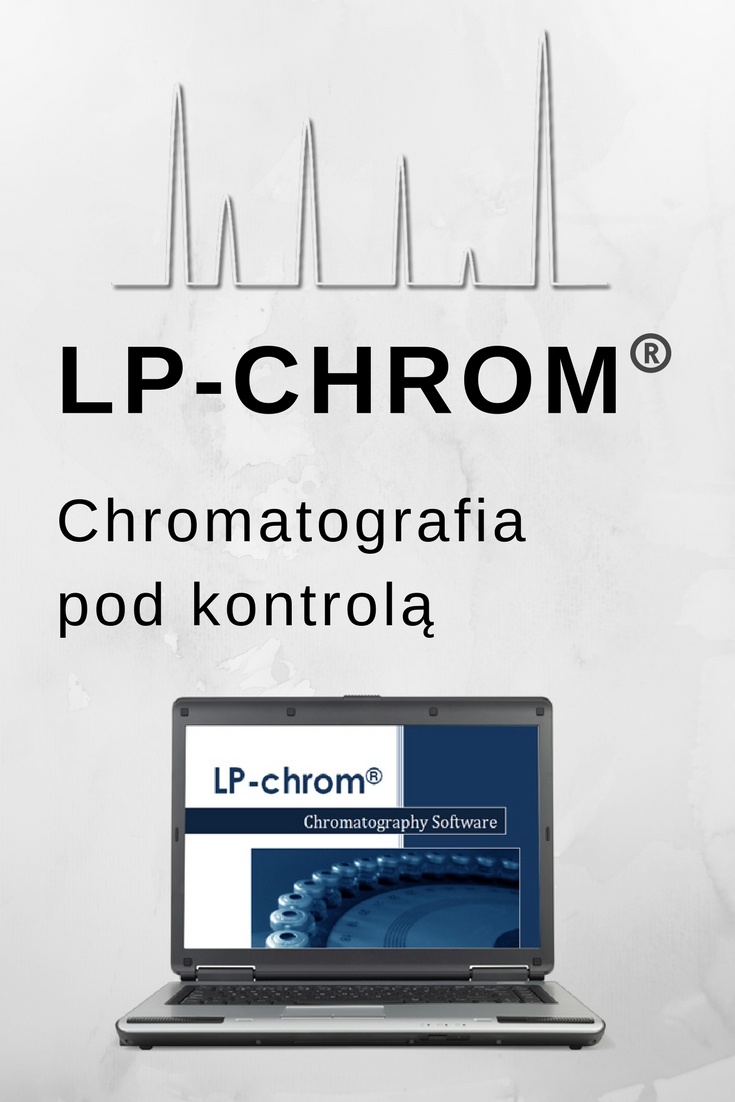PhD, Head Commercial Operations Central&Eastern Europe, SANDOZ, Germany
Keynote speaker at BioForum 2012
strony wersji drukowanej: 8-9
strony wersji drukowanej: 8-9
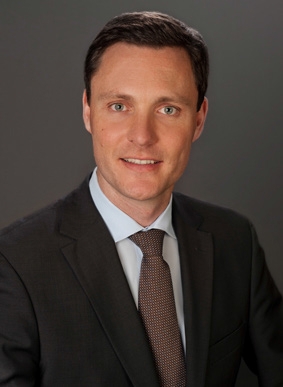
Steffen Wagner is Head Commercial Operations for Sandoz‘s Biosimilars and Oncology Injectables products in >20 Central & Eastern European markets and a member of the global Business Unit Executive Committee Previously, he was Director Global Strategic Planning at Sandoz, leading global cross-functional projects and strategic plan development Before joining Sandoz, he was an Engagement Manager at McKinsey & Company and a Consultant at Bain & Company in Munich, leading strategic and operational projects in pharmaceutical industry with focus on commercial operations and product launches. He is an MD, PhD, studied Medicine at Universities of Munich, Sydney, Johannesburg, and Yale and Business Administration at the University of Hagen.
The EU has been leading the world in the introduction of biosimilars since it approved the first biosimilar in 2006. The biosimilars market is estimated to be worth USD 2-3 bln by 2015, up to USD 20 bn or more by 2020. Biosimilars have the potential to revolutionize patient access to treatments of serious medical conditions by providing affordable high-quality biological drugs.
We are talking with Steffen Wagner about the biosimilars - their importance and influence on develop of modern economy.
Why biosimilars are important?
Biologics, which are medicines produced using living systems, have revolutionized modern medicine because of its use in treating complex diseases such as cancer and autoimmune disorders. However, patient access to these important therapies is increasingly limited because because of high costs and increased demand. On average, biologics can cost 22 times more than small molecules. High-quality, clinically proven biosimilars, pioneered by Sandoz, are making biologics more affordable. Biosimilars are approved via stringently defined regulatory pathways on the basis that they offer same the quality, safety and efficacy as reference products. Additionally, the introduction of biosimilars can generate significant savings for healthcare systems. These savings can then be applied to fund new innovative treatments that address other unmet medical needs.
From an industry perspective, biosimilars represent a very significant commercial opportunity. Over USD 70 billion in biologics sales are expected to come off patent by 2017 and the biosimilars market is expected to be around USD 15-20 billion by 2020. Given the long development timelines and significant investment needs, I believe only a limited number of players will be able to succeed in this market in the long term.
How do you assess biosimilars market in Central Europe?
Today, the biosimilars market is comprised of three products: EPO, Filgrastim, and Human Growth Hormone. These three products together represent a sizeable market with approximately USD 500m combined sales of originators and biosimilars (source IMS data). It is smaller compared to Western Europe and the US, but still very attractive. There are typically between 1-3 biosimilar competitors per product and market. Biosimilar market shares are high in various key market segments (up to 60-70% in some products and markets). Sandoz is the only company with all three biosimilars marketed, globally and in Central Europe. Sandoz is the #1 biosimilar company, globally and in Central Europe, with more than 50% market share.
As highlighted earlier, with the upcoming global patent expiries - especially in monoclonal antibodies (mAbs) – there are significant growth opportunities in Central Europe. These mAbs represent global sales of severalbillion USD going off patent in the next 5-7 years. Finally, as many markets in Central Europe are branded generics markets and the major biosimilars players have good talent and a strong branded image already, I expect the biosimilar market share uptake to be fast in Central Europe.
What are the main problems of this market?
There are significant hurdles to overcome in the successful development and commercialization of biosimilars. The evolving regulatory environment and uncertainty remains one of the most important challenges we are facing at the moment. This is especially the case in the US market. The development of biosimilars is also a very complex process and requires in-depth understanding of biotechnology as well as the specific therapeutic areas. Biosimilar development also requires significant investment. According to current estimates, it costs between USD 100 to 250 million to develop a biosimilar and takes between seven and nine years.
Approval and registration processes of biosimilars are complicated and risky. Which parts of these processes are hard to get through and why?
Biosimilars are approved via stringently defined regulatory pathways on the basis that they offer same the quality, safety and efficacy as reference products. As an example, in the EU, this is dependent on the biosimilar manufacturer demonstrating that their biosimilar is “highly-similar” to the originator biologic and requires a science based approach for generating such data.
In some of the non-EU countries, patient access is a driving force behind creating follow-on biologics to meet demand in the market place. Various countries meet these needs without requiring the same rigorous demonstration of a high-degree of similarity to the originator molecule. This approach has allowed for non-comparable follow-on biologics to come to the market place in these regions and address an unmet medical need. However, to advance these molecules to the market in the highly-regulatedmarkets such as Europe and the US, they will have to meet a high scientific standard of comparability.
To accomplish a closer alignment with the US and EU, regulators in the non-EU markets can:
1. Develop a “science-based” regulatory pathway like many of the highly regulated markets. This will ensure that patients in these countries will have access to the safe and effective biosimilars.
2. Recognize that many of the products currently marketed as “biosimilars” are technically not biosimilars because they do not meet the comparability criteria with the originator molecules.
Achieving comparability is a highly complex and resource-intensive process that takes many years of development time.
Achieving comparability is a highly complex and resource-intensive process that takes many years of development time.
What are the keys to success in the biosimilars market?
From my perspective, there are three key requirements to be successful in the biosimilars market:
1. Capabilities: Companies operating in this segment should have very strong internal capabilities across the value chain – from early stage development and analytical characterization to clinical development, manufacturing and brand marketing.
2. Financial strength: As I mentioned earlier, the development and commercialization of biosimilars requires significant investments – up to USD 250 million for each program in some cases.
3. Global scale combined with local agility: Truly successful commercialization of biosimilars can only be achieved if you have a large global footprint with strong presence in the major markets.
This allows you to take advantage of scale and experience. Additionally, the local country teams need to be agile enough to respond to dynamic market conditions. In Central Europe alone, I need to customize my commercialization approach by product and market.
This allows you to take advantage of scale and experience. Additionally, the local country teams need to be agile enough to respond to dynamic market conditions. In Central Europe alone, I need to customize my commercialization approach by product and market.
Closing Comments
Sandoz believes that biosimilars can play a significant role in the future of health care by increasing patient access to high-quality biopharmaceuticals. Biosimilars are a critical part of Sandoz’s long-term strategy and we are investing substantially in our pipeline. Central Europe is a very important region for Sandoz and we have the ambition to remain the biosimilars market leaders in this region.
Tomasz Sznerch
Chief editor, Biotechnologia.pl

